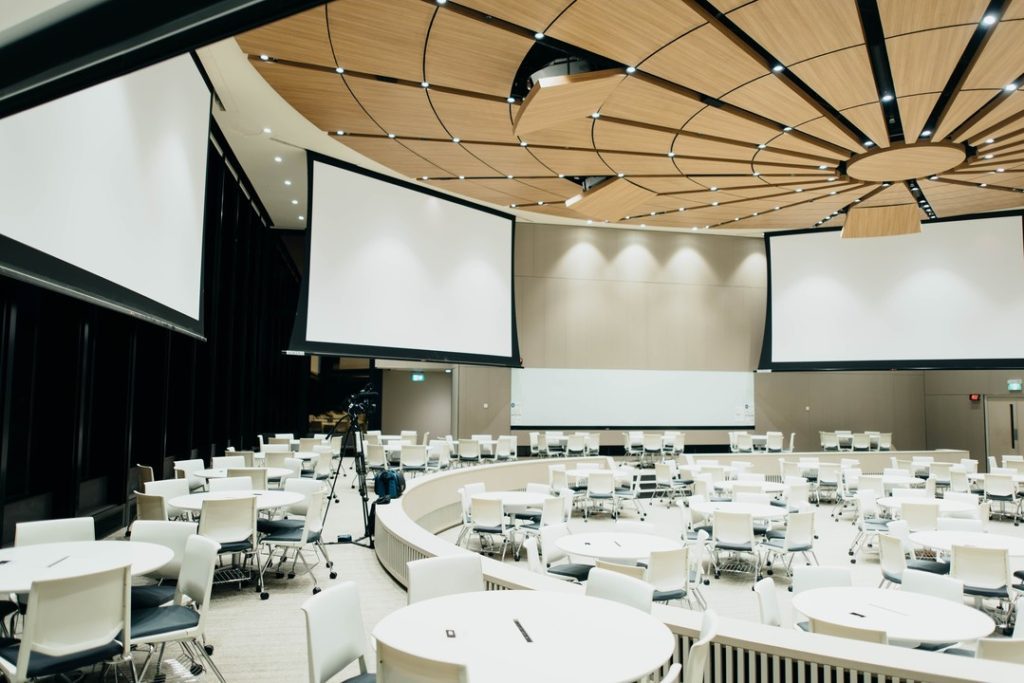When it comes to workforce training, it’s important that every employee both on-site AND remote, master new technology as soon as possible following a corporate rollout.
The fastest way to learn is by doing. Traditional hands-on training can get an office-based workforce up to speed on new technologies with minimal delays, but it might not be an option for offsite workers. If they can’t travel to HQ for face-to-face training with instant feedback and answers to their questions, remote workers might be left to figure out how to do things on their own. They can’t always make a call to the helpdesk to solve a problem, and they might not be comfortable asking co-workers for help. Google searches can soak up time with no guarantee of finding a solution. Finally, they might discover a workaround that works for them, but not for their colleagues.
They might “figure it out” themselves but endure hours of frustration first. When this happens, they won’t be happy about using the new tools they need to do their job. They might also miss some of the features that improve workflow or collaboration.
Learning by doing – remotely
Experiential learning can be very helpful for hybrid/remote workforces. Effective experiential learning engages learners, so they become active participants in their own development. In a corporate setting, experiential learning enables workers to develop skills to expedite on-the-job performance improvement. They put theories into practice in a real-world setting, and in a “safe space,” they can learn by trial and error. Hands-on experiences for remote workers include:
- traditional learning by doing, such as using a new digital communications tool to chat with a colleague or using a suite of presentation tools to create an online tutorial or a sales report.
- simulations, where learners can show what they know, such as how to initiate a remote sales call using a new platform. Branching simulations allow a learner to demonstrate active decision-making, such as how to speak with an unhappy “client.”
- observation, where learners observe others and learn from watching. Remote workers might use video presentations, real-time meeting tools, chat, and feedback to observe, comment, and ask questions.
A robust AV implementation fosters a better employee training experience regardless of where employees are. Corporate campuses are retooling onsite workspace options, and the new way of working must focus on both collaborative and individual work needs. This means companies must assess the best ways to train employees to get the most out of their technology.
Experiential learning has a proven ability to enable learners to capture, retain and refine the skills they need to succeed in the workplace. Your learning and development team should work with your AV services provider to create an experiential learning framework that accommodates remote team members as well as on-site workers.
This framework might include online self-assessments, robust meeting and conferencing platforms, and real-time collaborative capabilities such as text and chat.
Optimized learning only occurs when learners want to learn. Experiential training engages learners through hands-on experiences, showing the “why” as well as the “how.” When team members can learn from their mistakes, they are more willing to tap into new technology and understand all its differences. It’s also very important to understand that an engaged team member is less likely to seek employment elsewhere.
Organizations that embrace experiential learning tools can realize performance improvement, higher productivity, and profitability. An experienced, knowledgeable AV services provider can provide the technology and know-how to bring experiential learning to your whole workforce. Your team members can get the hands-on training they NEED, no matter where they work.



